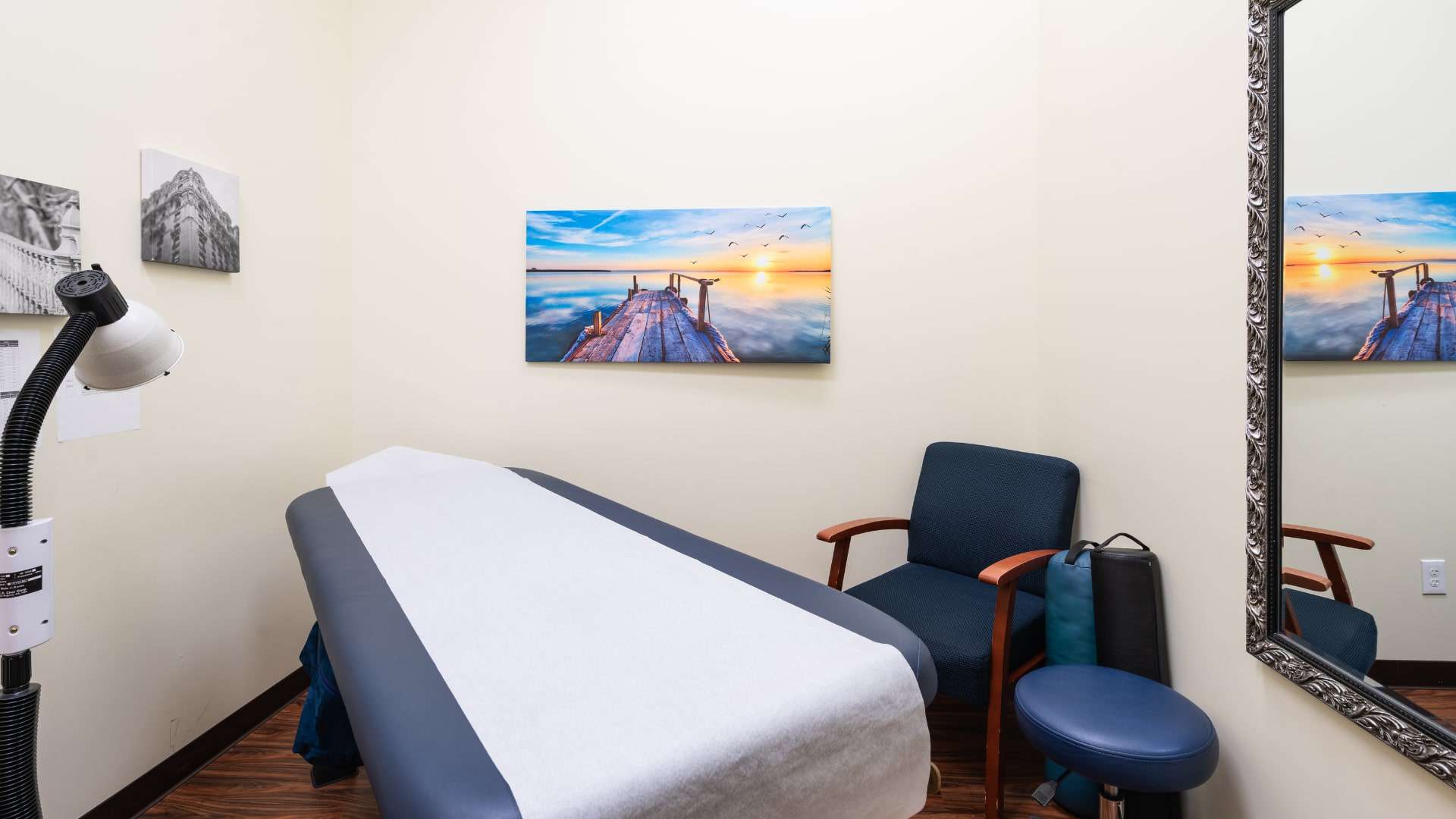Acupuncture is a type of traditional Chinese medicine (TCM) used in more than 100 countries around the world. Practitioners use thin needles made of steel to balance the body's energy and stimulate the release of natural substances that reduce pain and control other symptoms of illness. Acupuncture treatments may be used alone or in combination with medications, physical therapy and other treatments.
In pregnant women, acupuncture has been shown to ease pelvic pain and back pain. It may also benefit women experiencing depression during or in the months immediately following pregnancy. But, is acupuncture safe during pregnancy? Here's what you need to know about the benefits and safety of acupuncture.
The Risks of Acupuncture During Pregnancy

Some TCM practitioners believe it's wise to avoid certain "forbidden points" during pregnancy. These points, which lie within the abdomen and sacrum, are said to stimulate labor. During a review of scientific literature on the topic of forbidden acupuncture points, David John Carr of the Royal London Hospital for Integrated Medicine discovered no objective evidence to support the claim that stimulating forbidden points has adverse effects on pregnant women.
That said, it's possible for acupuncture to stimulate uterine contractions or cause cervical changes. If you're concerned about preterm labor or have other risk factors, speak with your obstetrician before trying acupuncture during pregnancy. It's especially important to consult your OB if you're carrying a high-risk pregnancy, which involves increased health risks for you and/or the developing baby.
Acupuncture Points to Avoid During Pregnancy
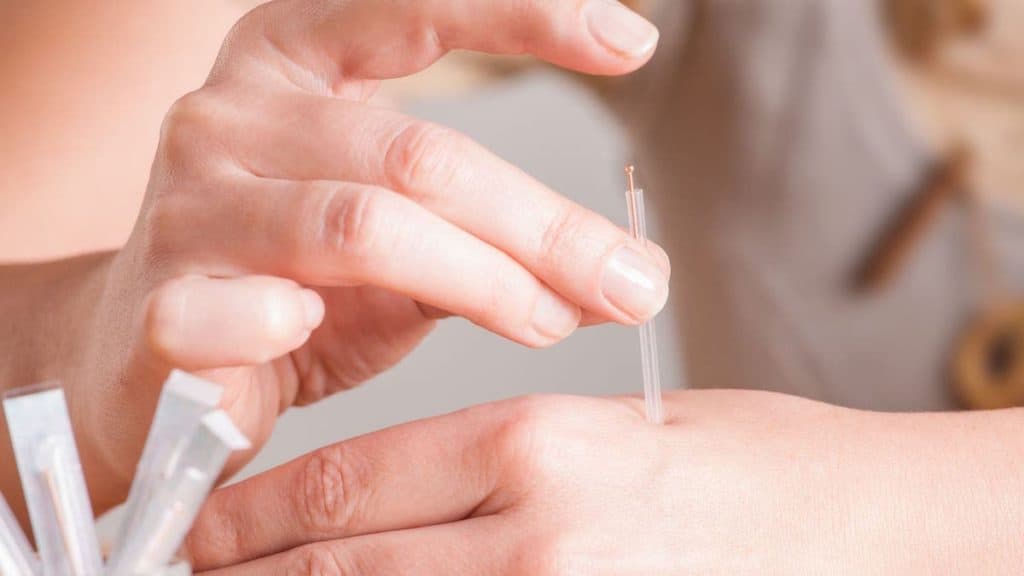
To reduce the risk of preterm labor or other adverse events, expert acupuncturists advise avoiding these points during pregnancy:
- Hegu (L14): This acupuncture point is located in the flesh between the thumb and forefinger. Stimulating it may cause uterine contractions.
- Lower abdominal points: It's wise to avoid the lower abdomen, as it's possible to insert the needle too deep, stimulating the uterus. This area includes acupuncture points CV3 to CV7.
- Sanyinjiao (Sp6): This acupuncture point is located three fingers above the inner ankle bone. Stimulating it has been known to cause uterine contractions.
- Sacral area: The sacrum is the area above your tailbone and below your lumbar spine. Stimulation of this area has been linked to uterine contractions. The sacral area includes acupuncture points BL27 to BL34.
- Lower back: The lower back isn't completely off-limits, but practitioners should avoid deep needling of this area in pregnant women.
What to Expect From a Session With a Licensed Acupuncturist
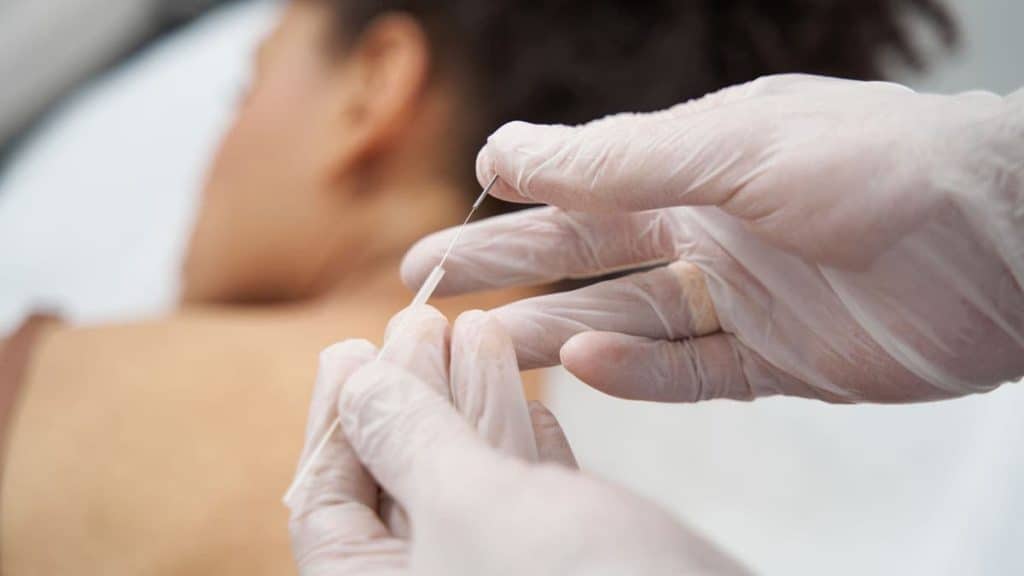
The first time you meet with an acupuncture professional, you'll have the opportunity to discuss your symptoms. Let the acupuncturist know if you're experiencing nausea, sore legs, back pain, pelvic pain or other symptoms. Following this initial discussion, the acupuncturist may also examine your body to determine which acupuncture points to use.
Acupuncture itself consists of the insertion of thin needles at carefully selected points on the body. Each time the acupuncturist inserts a needle, they'll tap it until it's inserted to just the right depth. Acupuncture needles are much thinner than the needles used to draw blood or perform other medical procedures, so you should only feel a small pricking sensation. Your acupuncturist will leave the needles in place for up to 20 minutes.
Common Acupuncture Points for Pregnancy
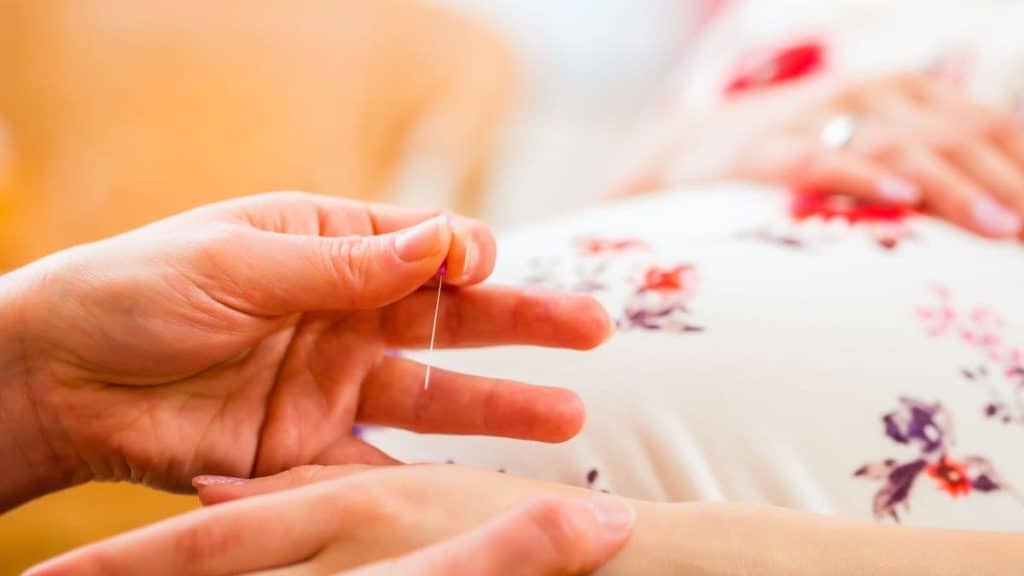
When working with pregnant patients, acupuncturists typically focus on a few common points.
- Neiguan (P6): This point, located two fingers above your inner wrist, is used to control nausea and other symptoms of morning sickness. Stimulating it also induces relaxation, making it helpful for women experiencing insomnia.
- Zhubin (K9): Known as the "beautiful baby" point, K9 is located above your inner ankle bone. It's used to ease anxiety, prevent nightmares and manage blood pressure.
- Zusanli (St36): Located on the outer edge of the tibia (a long bone in your lower leg), St36 helps balance your energy, reduces swelling, calms digestive upset and promotes an overall sense of well-being. It's indicated for women experiencing indigestion, constipation or diarrhea.
- Zhiyin (BL67): Stimulating BL67 may help reposition a baby in the breech position.
7 Benefits of Acupuncture During Pregnancy
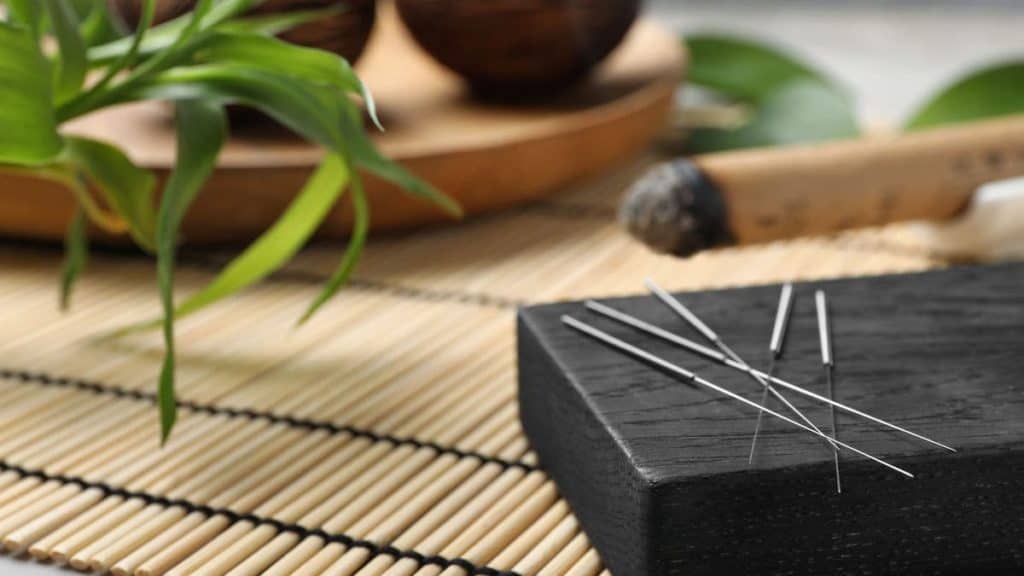
Pregnant people have to avoid many medications, including over-the-counter drugs used to relieve pain. If you're experiencing pregnancy-related pain, acupuncture can help relieve your symptoms without resorting to medications that may cause harm. It has several benefits for pregnant women and women who are preparing for pregnancy.
1. Prenatal Acupuncture Can Boost Fertility
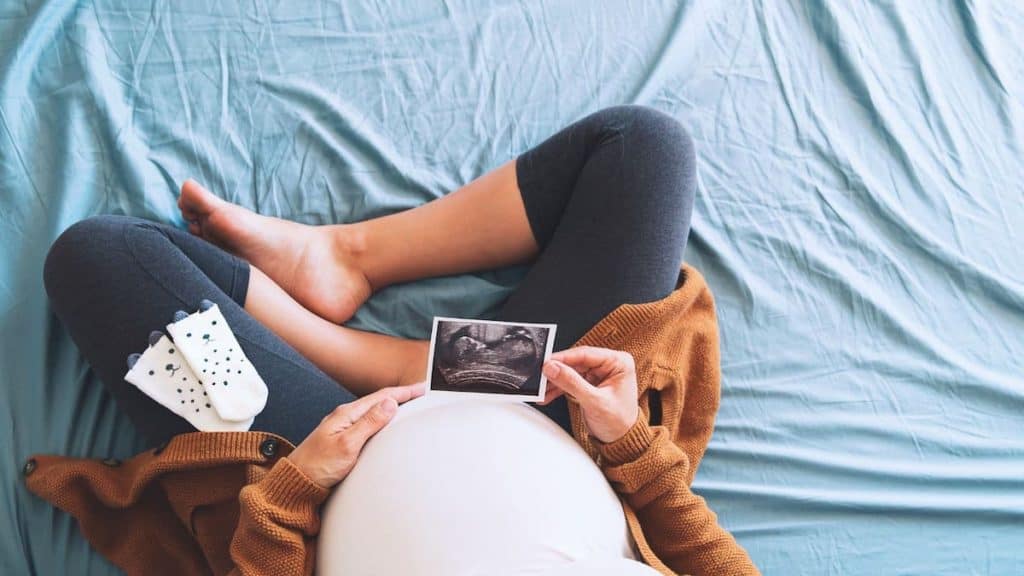
Multiple scientific studies show that acupuncture can boost fertility if you're trying to get pregnant. In one study, researchers confirmed that acupuncture balances the endocrine system, which produces the hormones involved in getting pregnant and carrying a pregnancy to term. The same study demonstrated that acupuncture increases the quality of a man's sperm and improves the functioning of the ovaries.
Another study showed that acupuncture also helps with infertility by balancing a woman's antimüllerian hormone levels. Produced in the ovaries, antimüllerian hormone plays a role in determining the biological sex of a developing baby. Because it's produced in the egg follicles, AMH is also used to assess a woman's ovarian reserve, a measure of the number and quality of the eggs available. The better a woman's ovarian reserve, the more likely she is to become pregnant.
A third study showed that acupuncture may also increase the chances of pregnancy success for women undergoing in vitro fertilization (IVF). When performed three times before embryo transfer, acupuncture has been shown to increase pregnancy rates in women experiencing infertility of unknown origin. Acupuncture also reduces anxiety in women undergoing IVF.
2. Reduce Morning Sickness
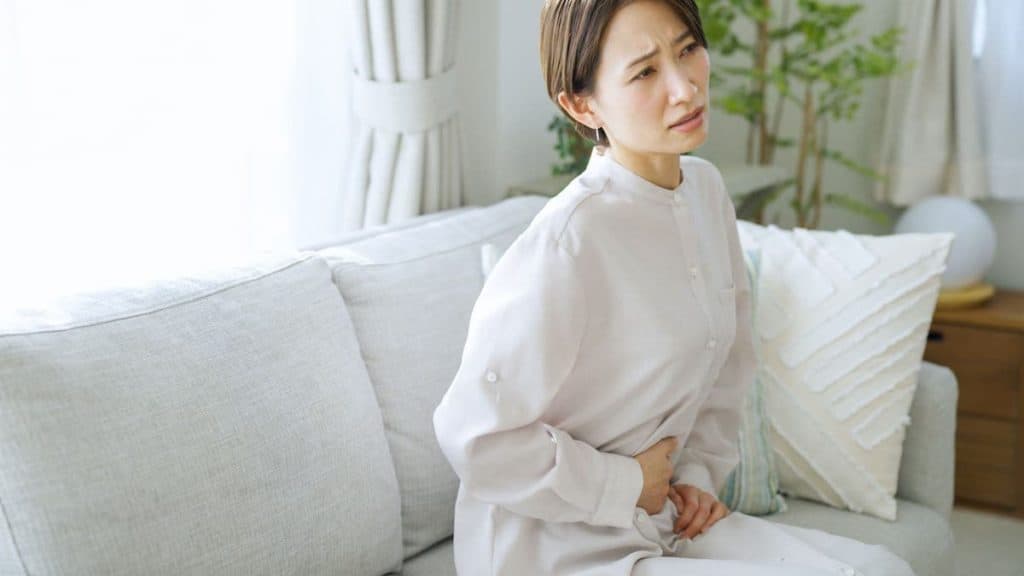
As noted previously, the stimulation of certain acupuncture points also helps control nausea and other symptoms of morning sickness. Researchers from Adelaide University in Australia completed a trial involving 593 pregnant women experiencing nausea and/or vomiting. The women were broken into four groups, one of which received traditional acupuncture to address their symptoms. Traditional acupuncture reduced nausea, vomiting and dry heaving, demonstrating its usefulness for treating morning sickness.
3. Relieve Aches and Pains
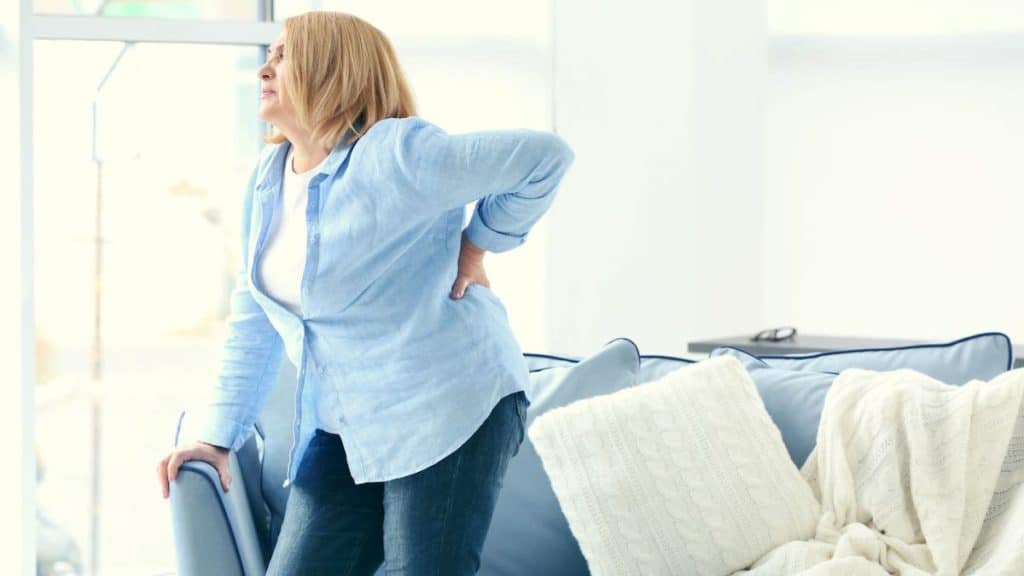
As the body prepares for labor, ligaments stretch, straining the joints in the back and pelvis. The weight of a developing baby also presses down on certain structures, leading to aches and pains in the lower back. Stimulating certain acupuncture points has been shown to strengthen the spine, relieving pregnancy-related back pain. One study showed a statistically significant reduction in lower back pain among pregnant women. Each participant received up to six acupuncture sessions during their second or third trimester of pregnancy. Not only did the women experience reduced back pain, but they also expressed a sense of improved well-being after each session.
4. Turn Breech Babies
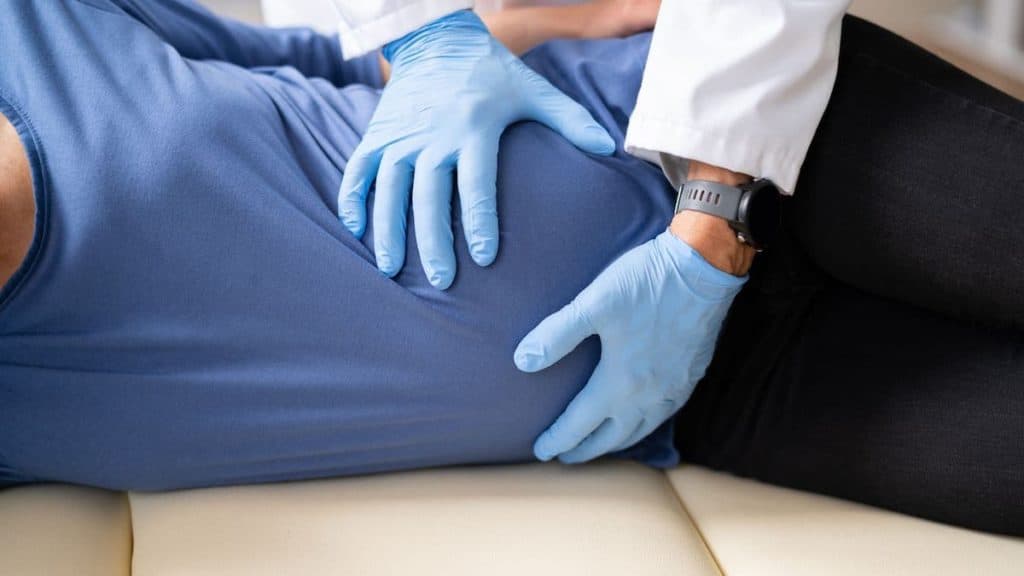
When a baby is presenting feet-first instead of head-first, it's said to be in the breech position. Delivering a breech baby vaginally has certain risks, so many women with breech babies have to have C-sections, increasing their recovery time and putting them at risk of additional complications. Stimulating acupuncture point BL67 may prompt breech babies to turn, helping pregnant women avoid C-sections or complicated vaginal deliveries.
5. Achieve Restful Sleep
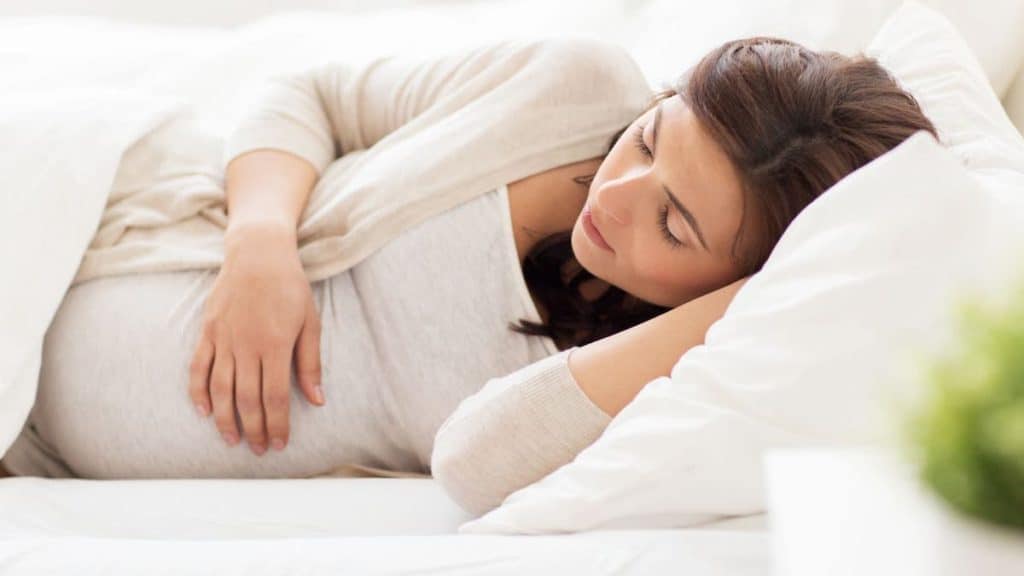
During pregnancy, it's often difficult to get a good night's sleep. As your ligaments stretch and your belly swells, you may find it difficult to get comfortable in bed. Pregnancy also causes heartburn, headaches, severe nausea and other symptoms that can prevent you from falling asleep or staying asleep. Stimulating certain acupuncture points may help control these symptoms, making it easier to sleep and giving you more energy during the day.
6. Ease Labor Pains
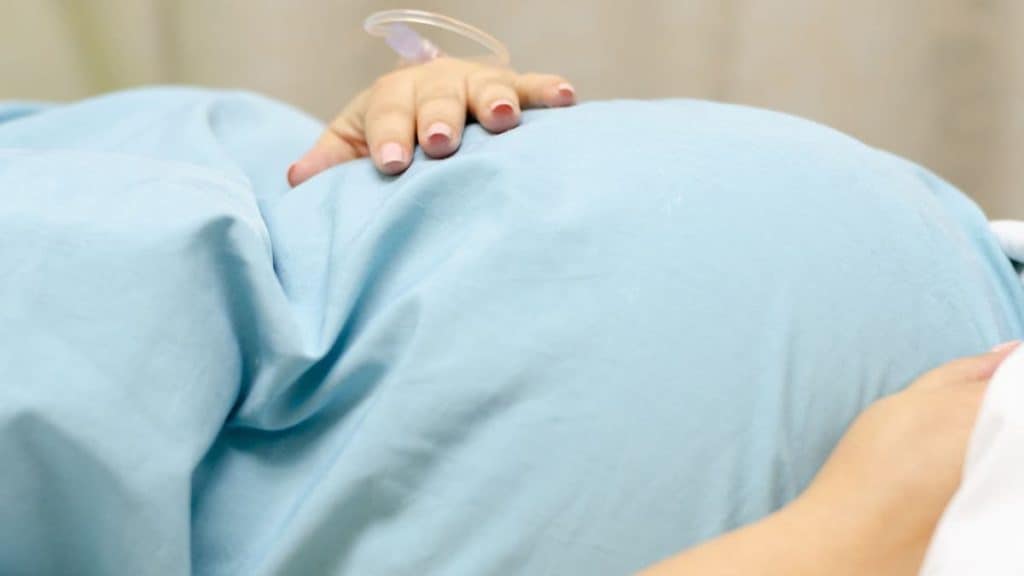
Labor-related pains occur due to uterine contractions and the stretching of the pelvic floor as a baby makes its way into the world. If you're concerned about the risks of taking pain medications during labor, acupuncture and other natural treatments may help ease your discomfort. A Cochrane review showed that acupuncture may naturally ease labor pain and reduce anxiety as a woman gives birth.
Acupuncture may even increase a newborn's Apgar score, which is used to determine how well the baby tolerated the birth process. Following the birth, a trained medical professional assesses the baby and assigns an Apgar score based on its muscle tone, heart rate, breathing effort, reflexes and skin color. The higher the score, the better the baby is doing.
7. Treat Antepartum Depression
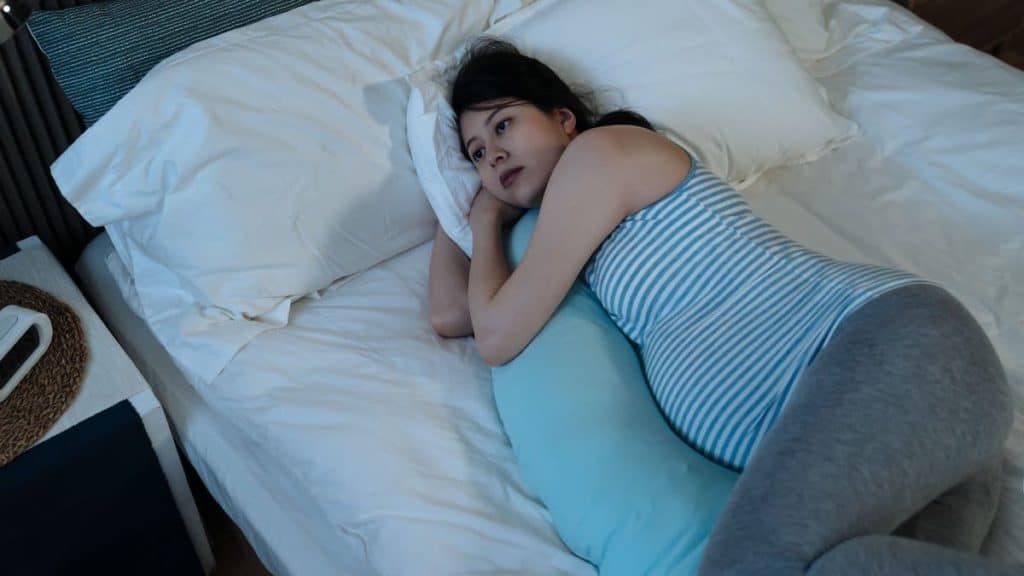
Pregnant women experience many hormonal changes, which may cause depression and other mental health symptoms. Some women even develop major depressive disorder while they're pregnant, which may interfere with their ability to carry out their typical daily activities. Depression is so common during pregnancy that it may affect up to 15% of pregnant women. Unfortunately, not all prescription medications are safe for a developing baby. Acupuncture is a natural, drug-free way to reduce depression symptoms without putting the baby at risk. It's also been shown to reduce anxiety and other psychological symptoms during pregnancy.
Schedule a Consultation With a Licensed Acupuncturist

Northeast Spine and Sports Medicine operates a multidisciplinary practice, giving you access to acupuncturists, physical therapists, physicians and other health professionals dedicated to helping you feel your best. If you're interested in treating your pregnancy symptoms naturally, contact our acupuncture clinic to schedule an appointment.
